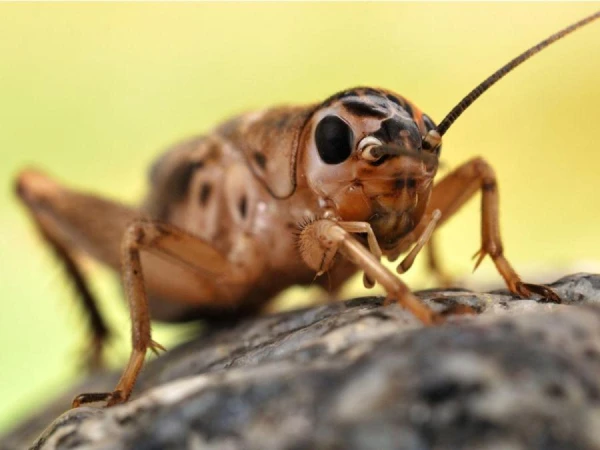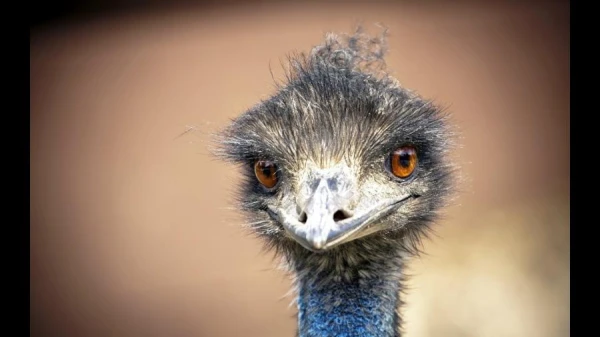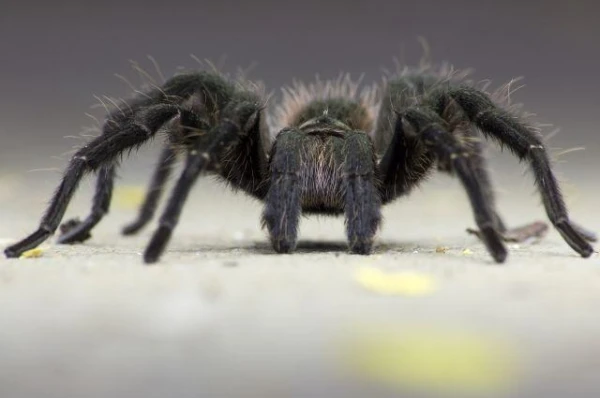
Unlike losers, aggressive alpha males of crickets are unable to interact effectively with females.
Researchers from the Moscow Institute of Information Transmission Problems have found that female crickets often prefer less statusful males, choosing weaker individuals over the most 'alpha' ones. At first glance, this may seem strange: we tend to think that high social status is directly related to reproductive success, and it is more advantageous for a female to choose a strong and successful partner, as his genes are generally better. However, there are nuances here.
When crickets are looking for a mate, they go through a complex courtship ritual that includes many elements—from special chirping to wandering together in search of a partner, as well as touching with their antennae, which occurs some time after meeting. It turns out that a champion male, who successfully handles competitors, finds it difficult to switch to courting and start performing all these ritual actions.
The authors of the study conducted experiments with male two-spotted crickets, arranging fights for them. As a result, they selected absolute champions and losers—those who never dodged a fight and those who did not win. Then both groups were arranged to have dates with females. As the researchers found in an article published in the journal Frontiers in Ecology and Evolution, absolute champions behaved inappropriately—showing aggression, emitting attack signals instead of courtship chirping, and even starting to hit and bite the females. In other words, alpha males perceived potential partners as rivals.
Although increased aggressiveness ensures a high status among other males, females are unlikely to appreciate such behavior, even if the male subsequently starts to behave correctly. It is known that alpha males have higher levels of hormones that promote aggression in fights, and, according to the authors of the study, an excess of these hormones prevents males from quickly switching to courtship rituals. In contrast, absolute 'losers' began courting the female immediately after her appearance and, as a result, were more successful.
Thus, the status of a potential partner is far from the only factor, and to understand mating preferences, it is necessary to observe overall behavior. Different forms of behavior, intended for different life situations, can influence each other—and if non-mating behavior in crickets affects mating behavior, then why shouldn't this apply to more developed animals?















Leave a comment